Wastewater with a Twist
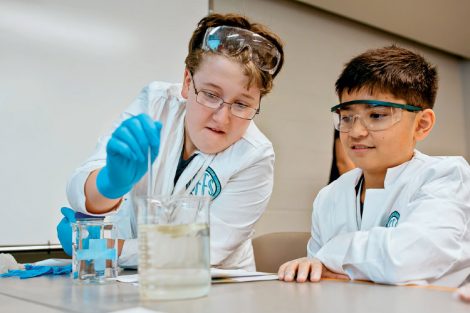
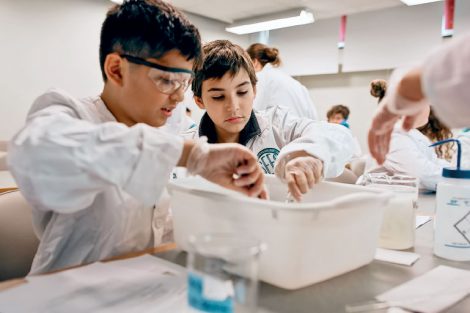
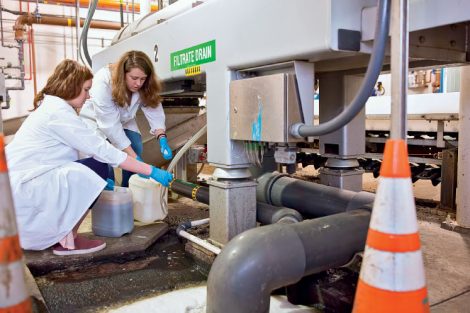
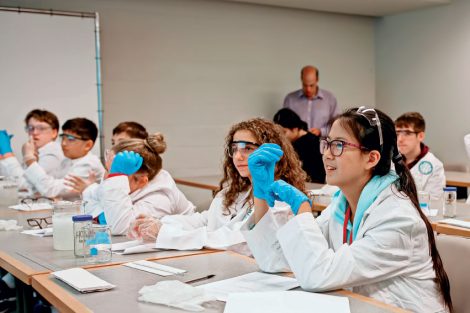
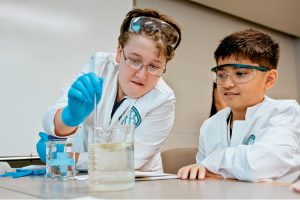

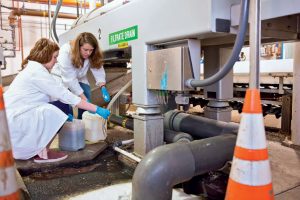

Led by Art Kney, associate professor of civil and environmental engineering, Rachel Tenney’18 (chemical engineering), Emma Leeds ’19 (environmental science and Spanish), and Yue Wu ’20 (civil & environmental engineering and math) take weekly trips to the facility to collect malodourous wastewater, 30 liters at a time, in plastic containers. It’s brought back to a campus lab, where they start a chemical reaction by adding magnesium to the wastewater to extract crystalized struvite, a mineral rich in nitrogen and phosphorous.
After it’s extracted from the wastewater, struvite, a type of crystal that can form “struvite stones” in the human urinary tract, can be used as a slow-release fertilizer to help reduce the long-term threat to food security, Kney says. Additionally, removal of more nitrogen and phosphorous, which support the growth of algae, from the wastewater also helps protect the health of the Delaware River.
The Food and Agriculture Organization of the United Nations projects that demand for farm products will rise to between 70 and 110 percent by 2050, giving greater need for more sources of fertilizer to sustain agriculture.
“We are taking dirty water and finding use for it,” Kney says. “This research has the potential to help feed people in need of food and reduce nutrient pollution.”